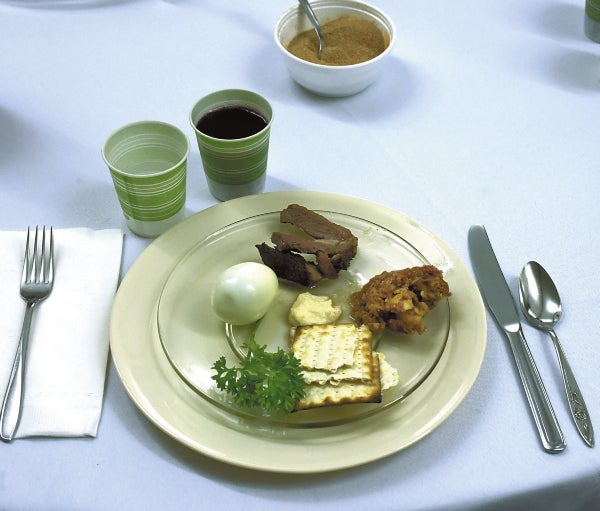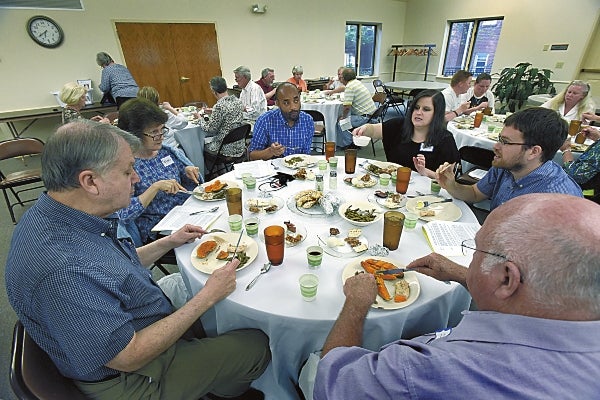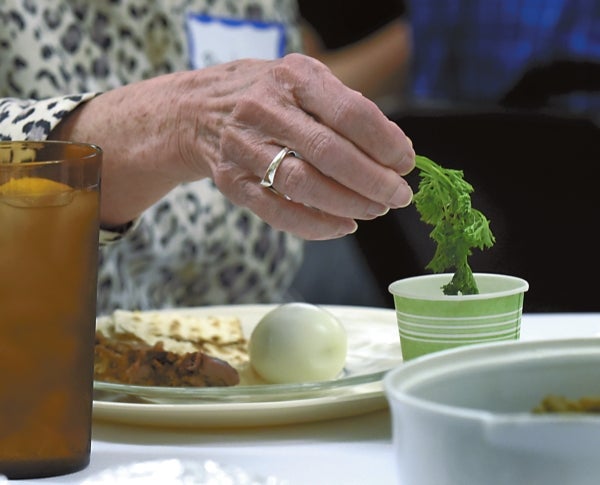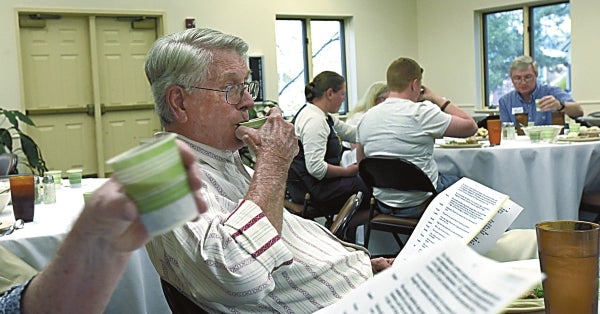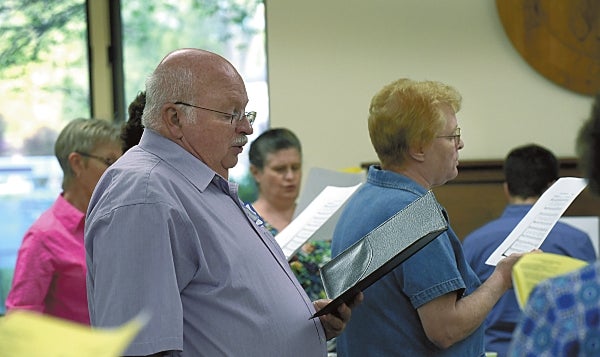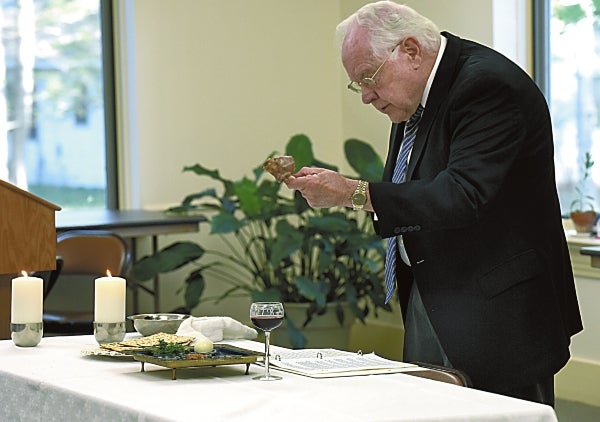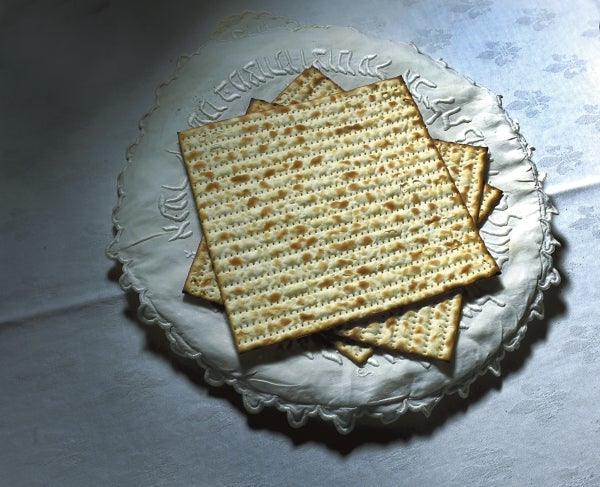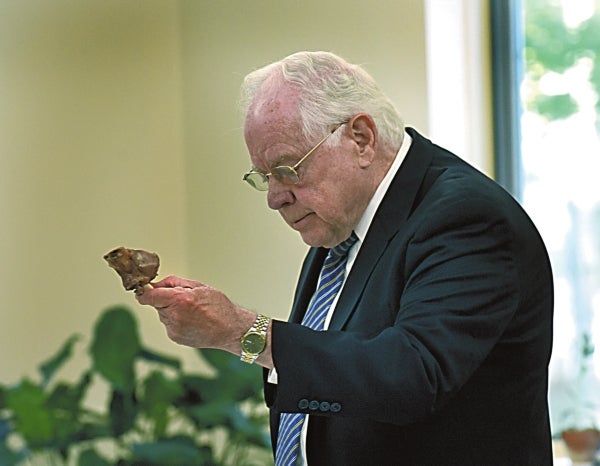Seder service marks Passover
Published 12:05 am Friday, April 14, 2017
By Wayne Hinshaw
For the Salisbury Post
Passover is a springtime Jewish festival that celebrates the Israelites gaining their freedom from ancient Egyptian slavery, as explained in the Book of Exodus of the Bible. It is usually celebrated in Jewish homes and is one of the most important holidays on the Jewish calendar.
The story of Passover is spelled out in a symbolic meal of foods arranged on the Seder plate. The reading from the Haggadah tells the story of the exodus from Egypt.
The John Calvin Presbyterian Church congregation was led by John Wilkerson, the interim minister, in a celebration of the Seder on Thursday night. The purpose of a Christian church celebrating the Maundy Thursday Seder is “to remind us of our spiritual heritage with brothers and sisters of the Jewish faith and that our practice of Holy Communion originated with Jesus’ instruction to his disciples to eat of the bread and drink from the cup in remembrance of him while they were celebrating their last Passover meal together.”
Wilkerson followed the service order adapted from “A Passover Haggadah.”
The Haggadah is an ancient narrative of the Israelites’ exodus from Egypt with blessings, rituals and Passover songs. Haggadah translates as “telling.”
There are many types and artistic designs for the Seder plate, but a silver dish is the most common with six spaces on the dish holding the six foods that have a distinct meaning for the Passover story. The word seder means “order.”
The six parts of the Seder plate are:
• Maror, which are bitter herbs such as horseradish that represent the bitterness of slavery.
• Charoset is a mixture of chopped apples, walnuts, cinnamon, grape juice and honey, making a sweet mixture. It represents the mortar used in the construction of storehouses by the Jewish people when they were slaves in Egypt.
• Karpas (vegetable) can be parsley or another green vegetable such as celery that represents the coming of spring. It is often dipped in salt water to represent the tears of the Jews while in slavery.
• Z’roa is the roasted lamb shank bone. It is not eaten but represents the sacrificial Passover lamb offered at the temple in Jerusalem before its destruction. It reminds Jews of the 10th plague in Egypt when all first-born Egyptians were killed. Israelites marked the doorpost of their homes with the blood of a lamb.
• Beitzah are hard-boiled eggs that are a symbol of life. They are often eaten with salt water. It is usually the first food for mourners after a funeral. They also represent a second offering presented at the Jerusalem temple in hopes that the temple would be rebuilt. It is usually the first food eaten in the meal.
• Salt water represents the tears of the Jewish people when they were slaves.
Matzo is not one of the six items on the Seder plate, but the unleavened bread is served with the meal. Modern-day unleavened bread is much like a cracker.
John Calvin Presbyterian Church elder Sabra Mills coordinated the Seder meal with advice from Norma and Charles Goldman, who are members of the Jewish Temple Israel. Norma Goldman loaned her family Seder dish for the service.


